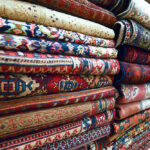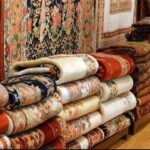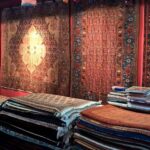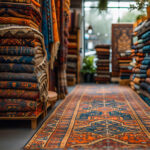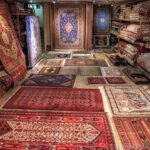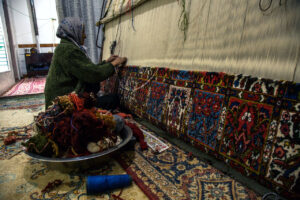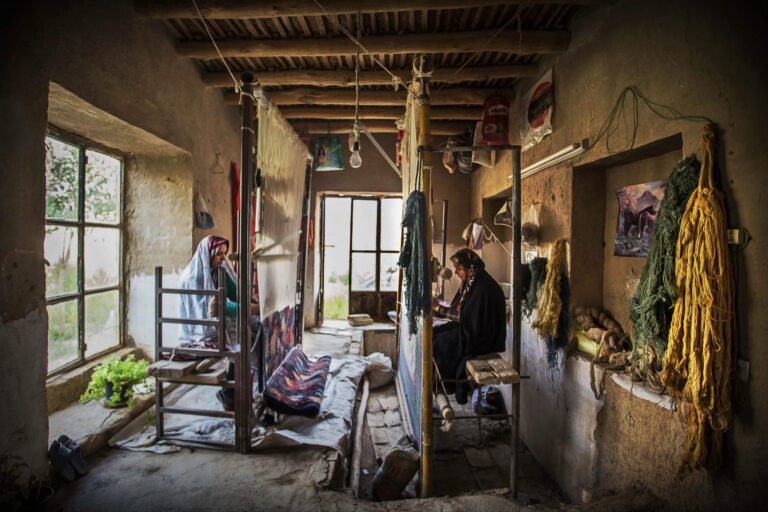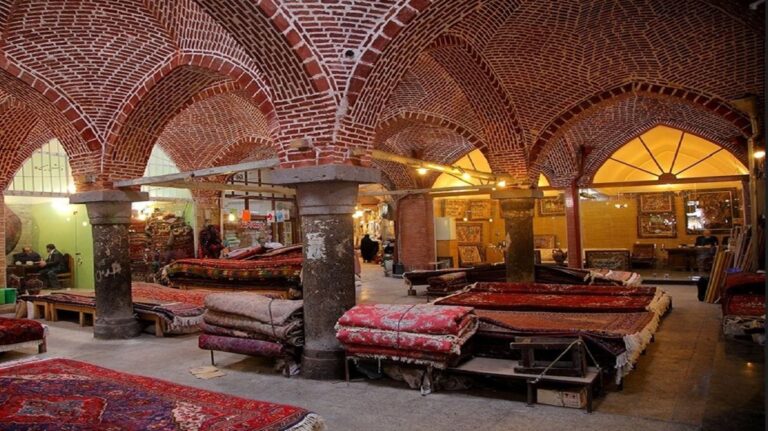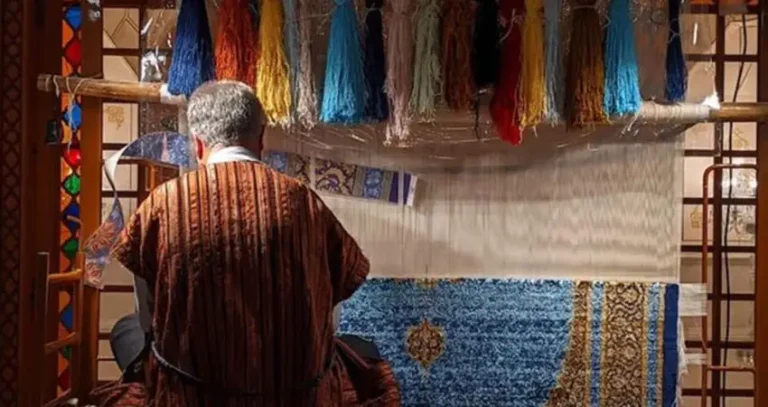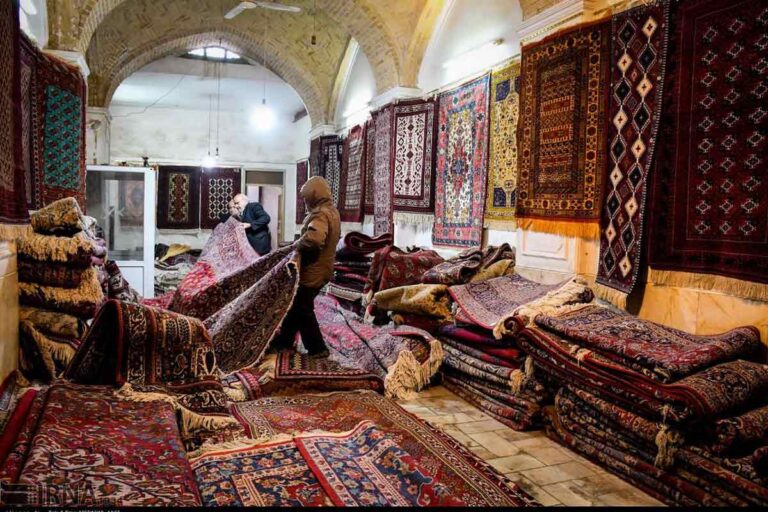Why Persian Carpets Are Still a Smart Buy 2025
Are Persian Carpets a Good Investment?
Iran is the heart of the Persian carpet world — and if you’re traveling here, buying a rug can be one of the most rewarding souvenirs you’ll ever bring home. But with so many options, regions, prices, and sales pitches, how do you know where to go and what to look out for?
Here’s your practical guide to shopping for Persian carpets in Iran — including real prices, trusted cities, and smart tips.
Best Cities to Buy Persian Carpets
-
Isfahan: Famous for fine silk-wool carpets, especially from the workshops of Naqshe Jahan Square. Expect to pay $1,000–10,000+ depending on size and knot density.
-
Tabriz: Known for detailed designs and large workshop rugs. A 2×3 meter Tabriz carpet can range from $1,500–5,000.
-
Qom: Specializes in pure silk rugs, extremely detailed and often expensive. Small silk pieces start around $2,000.
-
Shiraz: Great for affordable tribal and Gabbeh rugs — colorful, bold, and handmade. Small Gabbehs start at $100–300.
-
Kashan: Traditional and balanced floral rugs, mid-range pricing. A medium Kashan rug might cost $600–1,500.
Typical Prices for Tourists in 2025
-
Small rugs (1×1.5m): $100–500
-
Medium rugs (2×3m): $500–3,000
-
Large carpets (3×4m or more): $2,000–15,000
-
Silk rugs or signature pieces: $3,000–20,000+
Prices vary by material (wool or silk), knot density, age, and the prestige of the weaver or region.
Tourist Trap #1: “This is an antique”
Many sellers tell tourists that a rug is antique or limited edition to justify high prices. But genuine antiques (over 100 years old) are rare, expensive, and restricted from export. If you’re offered an “antique” for $800 — it’s probably just old-looking.
Tourist Trap #2: “This is 100% silk”
Some carpets are labeled as silk but are actually mercerized cotton (a shiny, cheaper lookalike). Always ask if it’s real silk and check the price — if it seems too low (like $400 for a large “silk” rug), it’s not real silk.
Tourist Trap #3: Paying too much in hotel shops
Hotel carpet shops are convenient but expensive. You’re often paying for location, not quality. Always compare prices in bazaars or directly in rug workshops.
Tips to Shop Smart
-
Do your homework before you go — learn basic styles and regions.
-
Take your time — walk through different shops before buying.
-
Look at the back — tight knots, clear design, and hand-weaving marks are good signs.
-
Ask for a certificate of authenticity if you’re spending more than $1,000.
-
Don’t feel pressured — if it doesn’t feel right, walk away.
Can You Ship It?
Yes. Most sellers offer international shipping and help with customs. For small rugs, rolling it into your suitcase is usually fine. Just avoid buying carpets over 100 years old, which require export permits.



